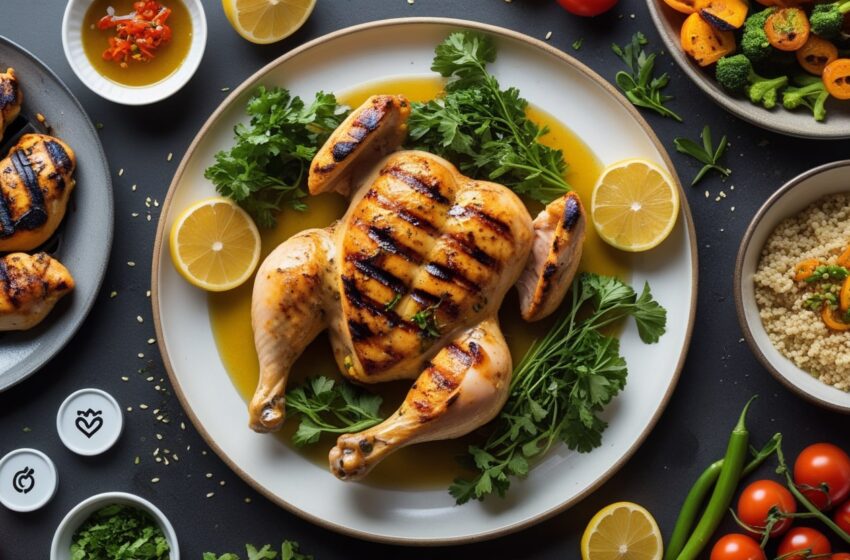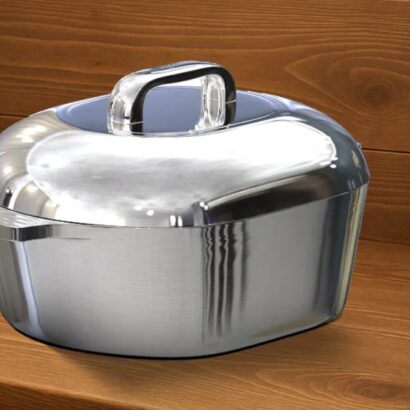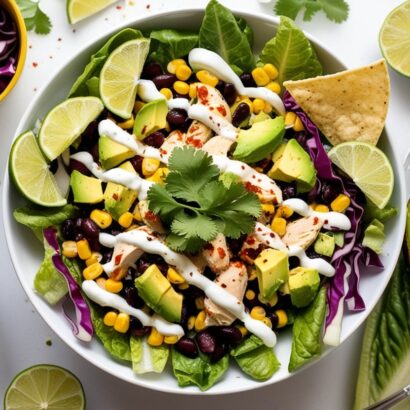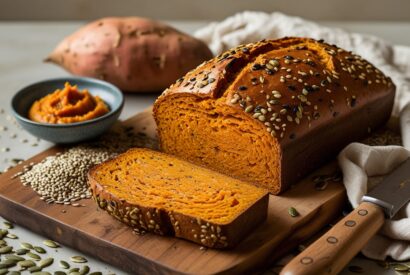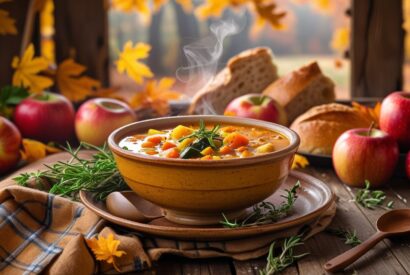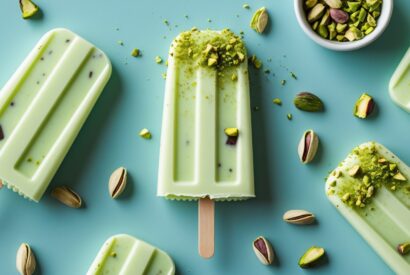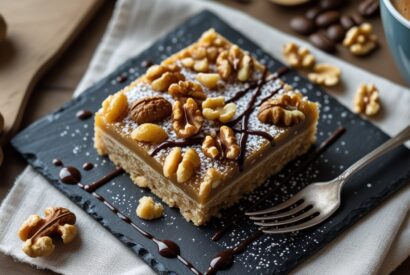Evidence-Based Approaches to Healthy, Flavorful Chicken Without the Use of Added Oils
Introduction: In the pursuit of sustainable weight management, the exclusion of added oils in daily cooking has emerged as a powerful nutritional intervention. Oil-free chicken recipes not only reduce total caloric load but also align with contemporary guidelines for cardiometabolic health. By emphasizing lean protein sources and eliminating unnecessary fats, these culinary strategies foster satiety, muscle preservation, and improved lipid metabolism.
This collection of ten advanced, oil-free chicken preparations is grounded in nutritional science and culinary innovation. Each recipe is designed to preserve flavor integrity while optimizing thermogenic efficiency, micronutrient delivery, and gastrointestinal ease. From steaming and air frying to herbal broths and dry spice rubs, these methods reflect a sophisticated balance of taste, texture, and dietary precision.
Whether you are a healthcare practitioner, culinary professional, or health-conscious home cook, this guide offers practical, research-supported techniques for integrating oil-free cooking into everyday life. The result is a flavorful, satisfying, and metabolically intelligent approach to eating well without added oils.
Table of Contents
1. Justification for Oil-Free Poultry in Clinical Nutrition
Abstaining from added oils during cooking serves as a purposeful strategy for energy reduction and metabolic balance. Key benefits include:
- Substantial caloric reduction via elimination of lipid-derived energy (~120 kcal per tablespoon).
- Decreased intake of saturated fats, improving lipid profiles and reducing cardiovascular risk.
- Enhanced nutrient absorption and gastrointestinal efficiency.
- Improved dietary adherence through intelligent flavor engineering sans oil.
Insight: Optimal flavor and mouthfeel can be achieved via acidulants, thermal techniques, and aromatic compound layering.
2. Proteomic Value and Thermogenic Properties of Chicken
Skinless chicken breast provides a dense source of high-biological-value protein, making it ideal for weight management:
- 100g of chicken breast contains ~31g protein and ~3.6g fat.
- Elevated satiety index curbs overall caloric intake.
- Promotes lean mass retention during caloric restriction.
- High thermic effect of food (TEF) facilitates postprandial energy expenditure.
3. Grilled Lemon-Herb Chicken
This method leverages acidic and phytochemical-rich herbs to substitute for oil:
- Marinate chicken in lemon juice, minced garlic, oregano, sea salt, and black pepper for 60 minutes.
- Grill on a ceramic-coated or cast iron surface to promote even browning.
Physiological Relevance: Lemon-derived ascorbic acid augments mineral absorption and enzymatic detoxification.
Serving Suggestion: Serve with quinoa pilaf, which is high in fiber, or steamed cruciferous vegetables.
4. Air-Fried Tandoori Chicken
Mimics traditional tandoori texture via air convection:
- Marinate chicken cubes in probiotic yogurt, turmeric, masala, and ginger-garlic paste.
- For the best proteolytic effect, rest for 120 minutes.
- Air-fry at 180°C for 18–20 minutes, rotating mid-cycle.
Nutritional Justification: Fermented dairy enhances digestibility and supports gut microbiota.
Use Case: Add to wraps or protein bowls for meal preparation.
5. Baked Chicken with Capsaicin-Enriched Rub
Dry-heat roasting enhances spice bioavailability:
- Apply a rub of paprika, cumin, turmeric, and coriander to chicken drumsticks.
- Acidify with lime juice to facilitate flavor infusion.
- Bake at 200°C for 35–40 minutes in convection mode.
Technique Tip: Use silicone baking mats to prevent sticking and preserve integrity.
6. Stir-Fried Chicken with Antioxidant Vegetables
A water-based sauté method that retains phytonutrients:
- Sauté bell peppers, broccoli, carrots, and onions in vegetable broth.
- Add chicken breast slices, cooking to an internal temperature of 75°C.
- Finish with low-sodium tamari and fresh pepper.
Enhancement: Garnish with sesame seeds and microgreens for nutrient density.
7. Herbal Chicken Consommé
A restorative, immunomodulatory preparation:
- Combine chicken parts with mirepoix, garlic, and aromatics in cold water.
- Simmer for 45 minutes, skimming to clarify.
- If desired, strain and add leafy greens for enrichment.
Clinical Use: Appropriate for fasting periods, post-illness recovery, or hydration-focused regimens.
8. Steamed Chicken with Garlic-Vinegar Reduction
Steam preserves protein integrity while reducing lipid oxidation:
- Season with Himalayan salt and white pepper.
- Steam for 25 minutes in a closed vessel.
- Top with a reduction of garlic, apple cider vinegar, chili flakes, and tamarind.
Pairing: Serve with low-glycemic grains such as sprouted brown rice or millet.
9. Deconstructed Lettuce-Wrapped Chicken
Low-glycemic, high-fiber entrées that promote mindful eating:
- Stir-fry minced chicken with onion, garlic, ginger, and green chilies in broth.
- Finish with tamari and crushed peanuts.
- Serve in Romaine or iceberg lettuce leaves.
Variant: Create a customizable wrap station for family engagement.
10. Applied Case Study: Dietary Reformation via Oil-Free Cooking
Profile: Mr. Ramesh, secondary school educator, Maharashtra, India
Initial Presentation: Hyperlipidemia, visceral adiposity, low vitality
Intervention:
- Transitioned to oil-free, whole-food cooking
- Initiated daily walking (~45 min/day)
- Employed thermogenic spice profiles and fresh produce
Results:
- 12 kg weight reduction in 6 months
- Normalized lipid values
- Established a school-based wellness initiative
Conclusion: Community-level behavior change begins with individual transformation.
Advanced Culinary Techniques for Oil-Free Cooking
Enhance oil-free meals with the following methodologies:
- Utilize non-stick, ceramic, or enameled cookware
- Substitute oils with acidulants, fermented dairy, or vegetable purees
- Dry-roast spices to activate volatile compounds
- Employ sous-vide or pressure cooking for texture retention
- Explore international spice matrices for palatability diversity
Final Reflections
Oil-free poultry preparation exemplifies the confluence of health science and culinary art. Through careful technique and ingredient selection, it is entirely feasible to construct meals that are simultaneously satiating, cardioprotective, and metabolically efficient. Whether the goal is disease prevention, weight management, or dietary refinement, these evidence-based recipes serve as a functional foundation.
Begin your wellness evolution—one deliberate meal at a time.
Guiding Principle: Sustainable change is the aggregate of informed daily decisions.

